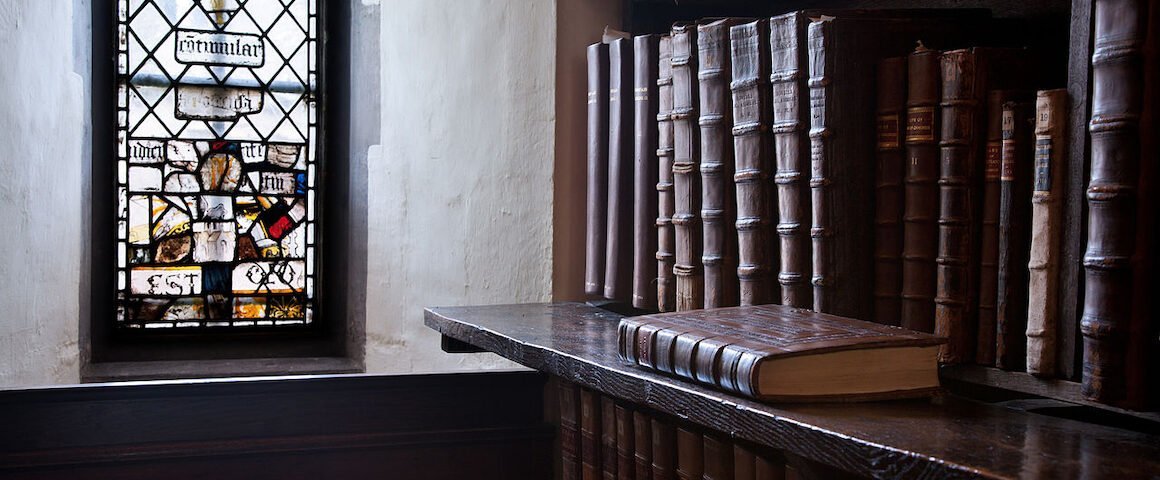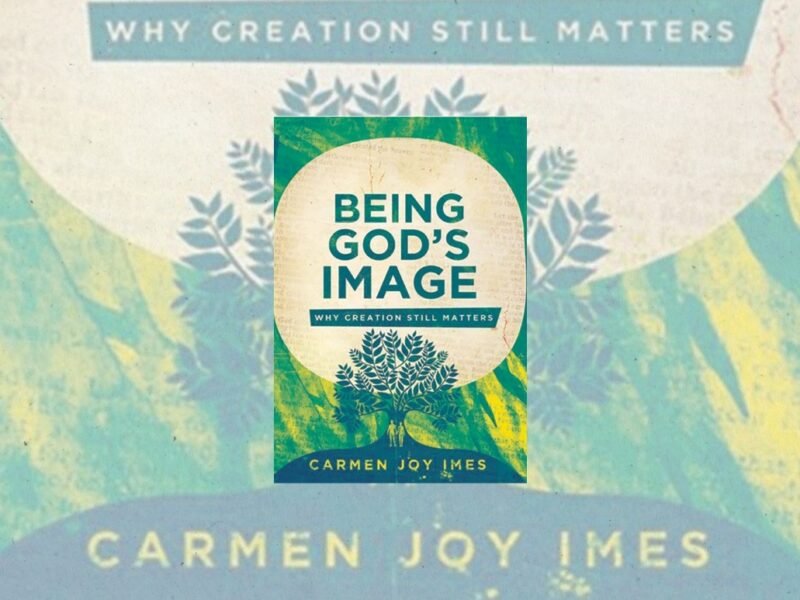That the Resurrection is central to Christianity is well known, so it is unsurprising that Browne comments on its centrality in his chapter on Article IV:
The Resurrection is in many respects the key-stone of the Christian Faith. On the truth of it depends the truth of the Gospel; for it was to this great fact especially that the Apostles bore witness, and on its veracity they rested their claims to be heard and believed. Our Lord Himself continually foretold it, and so its occurrence became essential to the establishment of His truth.
Having said this, Browne’s treatment of the topic—and of the whole Article in general—is relatively brief. The reason is that his Exposition is addressed to fellow Christians rather than skeptics or nonbelievers. It is therefore a simple matter to establish for his intended audience the doctrine’s importance in both Christian history and Scripture, as it “forms a part of all the ancient Creeds” and is accounted for at length in “the concluding chapters of the four Gospels, and the fifteenth chapter of the first Epistle to the Corinthians.” “The truth of such teaching,” he writes, “must be here, as usual, assumed.” Anything beyond this would be “referred to the head of evidence,” i.e., of an apologetic rather than a dogmatic nature.
Many such apologetic works have been written over the centuries, with the past few decades being no exception. Whatever their differences in approach and content, two basic difficulties accompany this apologetic endeavor: first, while the Resurrection, as a historical event, took place in time and is therefore open to being investigated and verified in the same way other historical events are, given how far removed we are from the event—two thousand years and counting—we can only rely upon written records of eyewitnesses and indirect attestations, rather than questioning the witnesses ourselves. Fortunately, the testimony we do have is sufficient.
The second, and far greater, difficulty lies in the fact that the Resurrection is a miraculous historical event. Secular historians are liable to dismiss the possibility of miracles out of hand, and many theologians and biblical scholars follow Ernst Troeltsch in the belief that “agreement with normal, customary, or at least frequently attested happenings and conditions as we have experienced them is the criterion of probability for all events that historical criticism can recognize as having actually or possibly happened.”[1] That is to say, on this view “the historian, qua historian, must rule out even the possibility of Jesus’ Resurrection. For many historians, the moment the evidence must be explained by divine action is the moment that ‘history’ is replaced by ‘faith.’”[2] With this attitude prevalent among scholars and laymen alike, the apologetic task of defending the historicity of the Resurrection is a daunting one.
But while the task may be daunting, it is not hopeless. Interested readers may find in the notes some excellent resources that have been produced in the past twenty years, mindful of the difficulties described above, and impressive in the scholarly depth and thoroughness with which they treat the Resurrection of Christ as a historical event.[3]
However, evidence can only accomplish so much in a person’s mind and heart. To fully know Christ as risen, one must come to know him in his body on earth, the church. Matthew Levering puts it this way:
Historical-critical scholarship cannot suffice by itself for knowing that Jesus rose from the dead, especially when Jesus’ Resurrection is properly understood as the Resurrection of the incarnate Son of God. While the surface layers of history can be probed by historical inquiry, other deeper layers involve the intimacy and communion that exist between persons and also between the Creator God and persons—the innermost personal and ontological dimension of history. It follows that Jesus’ Resurrection, while open to historical-critical inquiry, requires additional kinds of reasoning that answer more fully to the dimensions of lived human history.[4]
This is not to diminish the genuine knowledge we can attain through evidence, but in this, as in all other aspects of Christianity, our knowledge can only be fully realized in faith:
Because it is within our comprehension, Jesus’ Resurrection has evidence capable of articulation and defense; but because it is beyond our comprehension, to know it fully and properly requires the action of Christ Jesus and the Spirit.[5]
This understanding follows faith, and it is why, as was said in the beginning, Browne takes this understanding for granted in his audience and devotes less space to the topic than contemporary readers might expect.
Notes
- Ernst Troeltsch, “Historical and Dogmatic Method in Theology,” in Troeltsch, Religion in History, trans. James Luther Adams and Walter F. Bense (Edinburgh: T. & T. Clark, 1991), 11‒32, at 13‒14, quoted in Matthew Levering, Did Jesus Rise from the Dead? Historical and Theological Reflections (New York: Oxford University Press, 2019), 7‒8. ↑
- Levering, Did Jesus Rise from the Dead?, 8. ↑
- In addition to Levering, already cited above, see N. T. Wright, The Resurrection of the Son of God (Minneapolis: Fortress Press, 2003); Michael R. Licona, The Resurrection of Jesus: A New Historiographical Approach (Downers Grove, IL: IVP Academic, 2010); and Gary R. Habermas, On the Resurrection, 2 vols. (Brentwood, TN: B&H Academic, 2024). ↑
- Levering, Did Jesus Rise from the Dead?, 5‒6. See also Francis J. Hall, Anglican Dogmatics: Francis J. Hall’s Dogmatic Theology, ed. John A. Porter, vol. 2, Bk. VII, The Passion & Exaltation of Christ (Nashotah, WI: Nashotah House Press, 2021), 219‒20. ↑
- Levering, Did Jesus Rise from the Dead?, 10, italics original. See also Hall, Anglican Dogmatics, 221‒22. ↑







'The Difficulties and Limitations of Evidencing the Resurrection [Commentary on Browne: Article IV]' has 1 comment
June 24, 2023 @ 1:21 pm gary
October 13, 1917 Fatima, Portugal: 70,000 devout believers, at one time and place, claim to see the sun zig-zag, spin, and hurtle toward and away from the earth in fulfillment of a prophecy by the Virgin Mary. Do you believe this claim? Nope. Why not ? Answer: Religious hysteria! So why do you believe a similarly preposterous claim from 500 unnamed eyewitnesses from the first century? You are not using good critical thinking skills, dear friend.
https://lutherwasnotbornagaincom.wordpress.com/2023/06/21/if-100000-eyewitnesses-claimed-to-see-the-resurrected-jesus-i-would-still-not-believe/